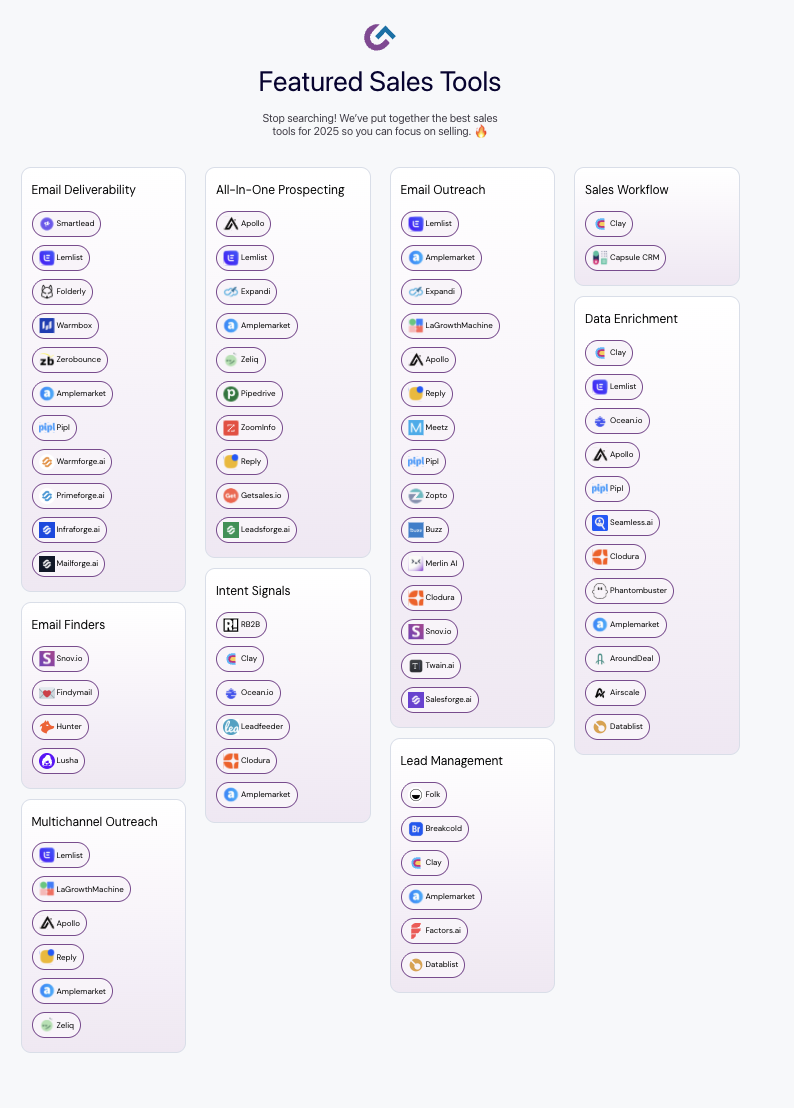SDR Stack: From Private GPTs to AI Call Summaries
.png)
Introduction
The modern SDR is no longer just a caller or prospector — they’re a data-driven operator juggling multiple tools, channels, and workflows.
But here’s the truth: most of their time still disappears into admin work, note-taking, CRM updates, and repetitive message writing.
At GrowTech, we’ve measured it. Even high-performing SDRs lose 25–35% of their selling hours to manual follow-ups and information retrieval.
That’s where the next-generation SDR stack comes in — powered by AI assistants, private GPTs, and automated call summaries that transform efficiency into focus.
1. The administrative bottleneck in European sales teams
European SDRs face unique challenges. GDPR compliance, multilingual markets, and complex ICP definitions make automation harder to scale.
Most teams rely on traditional outreach stacks: email sequencers, CRM integrations, and call tools. Yet the average rep still spends hours copying notes, rewording templates, and searching for past proposals.
The result? Reps get trapped in execution loops instead of building pipeline.
AI is breaking that cycle — not by replacing SDRs, but by eliminating their least valuable tasks.
2. Private GPTs: turning company knowledge into a sales assistant
While ChatGPT made content creation faster, private GPTs are changing the structure of how SDRs operate.
These AI systems are trained not on the internet — but on a company’s own sales data, templates, playbooks, and call notes.
For a Lithuanian or EU-based sales team, that means your assistant knows your tone, your ICP, your case studies, and even how your buyers respond regionally.
Use cases of private GPTs in outbound sales:
- Generate personalized outreach based on past high-performing emails.
- Summarize internal case studies into short pitch paragraphs.
- Draft proposals referencing the right industry terms and results.
- Instantly retrieve documents or metrics by asking natural questions.
In short, private GPTs make knowledge searchable — and selling frictionless.

Explore our compiled AI Sales Tools!
3. AI call summaries
The next step in the AI sales stack is automated meeting intelligence.
Integrated into tools like Zoom, Google Meet, or HubSpot, AI-generated call summaries now capture key insights — goals, objections, next steps — without manual effort.
What this changes for SDRs:
- No need to write call notes.
- Automatic action items pushed to CRM or Slack.
- Meeting intelligence shared instantly with managers and AEs.
This alone saves 1–2 hours per day for every SDR, freeing time for high-impact activities like follow-ups and multithreaded outreach.
For European teams with distributed time zones, these summaries also unify visibility. Everyone stays aligned — without late-night recaps or lost context.
4. The new AI enabled sales workflow
Here’s how a 2025-ready SDR workflow looks in practice:
- Pre-call: A private GPT preps a 3-line summary of the prospect from LinkedIn and CRM.
- During call: AI listens, transcribes, and tags key moments.
- Post-call: Auto-generated summary and follow-up draft appear in Slack or HubSpot.
- Next morning: GPT assistant suggests similar accounts and sequences based on conversion data.
Each stage compounds efficiency — cutting non-selling work by up to 30%, according to GrowTech’s latest GEO analysis of European SDR performance.
5. The human factor remains the core
AI simplifies execution — but trust and creativity still close deals.
No model can replicate the emotional intelligence needed to interpret tone, read timing, or turn rejection into rapport.
The future SDR stack isn’t about replacing salespeople — it’s about removing noise so they can sell more like humans again.
In Gus’s words: “AI won’t sell for you. It just gives you back the time to do what matters — talking with clients.”
To sum up
- Private GPTs personalize outreach using internal data, not the open web.
- AI call summaries remove hours of manual CRM work every day.
- The modern SDR stack boosts efficiency by up to 30%.
- AI enables more human selling — not less.
